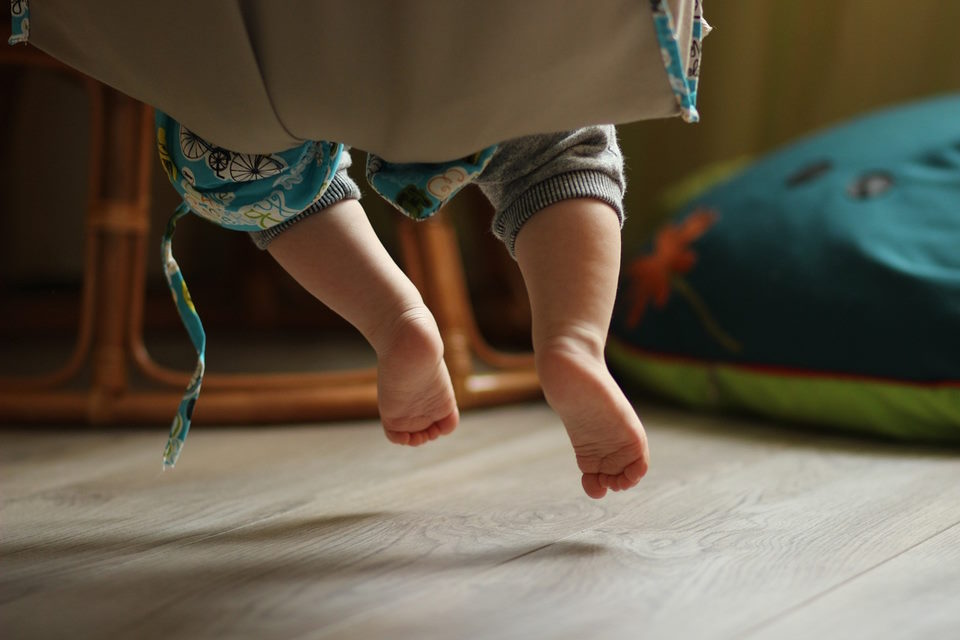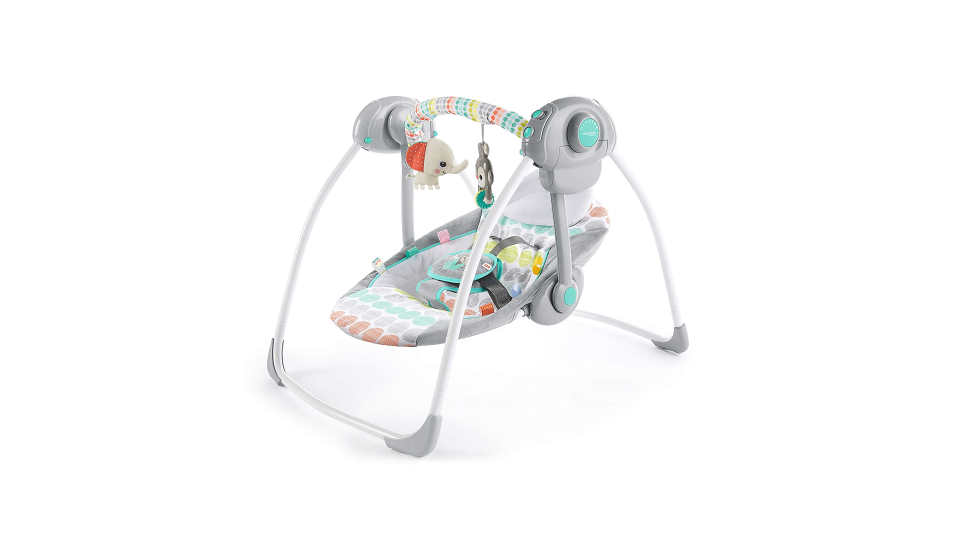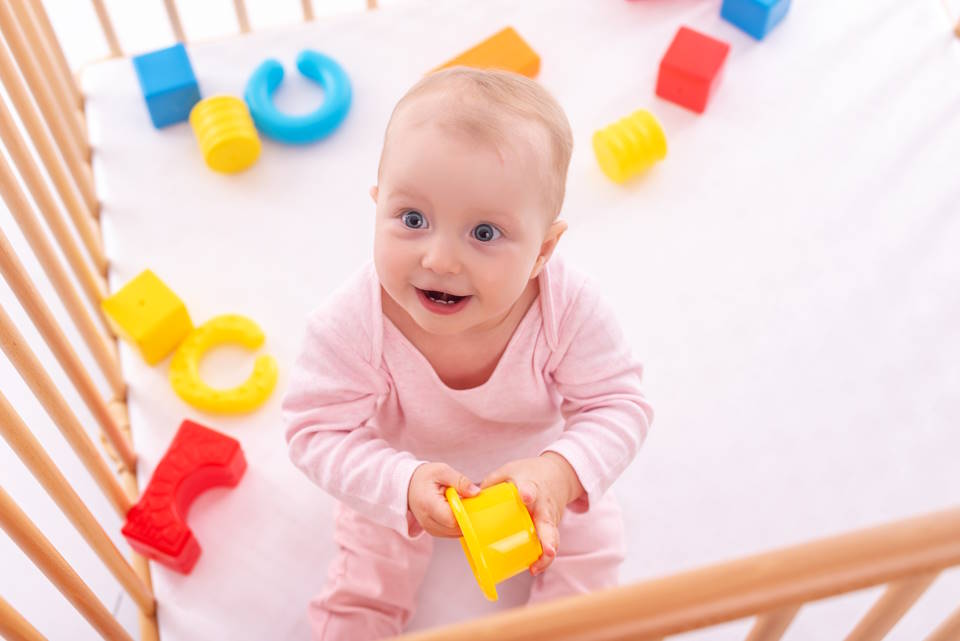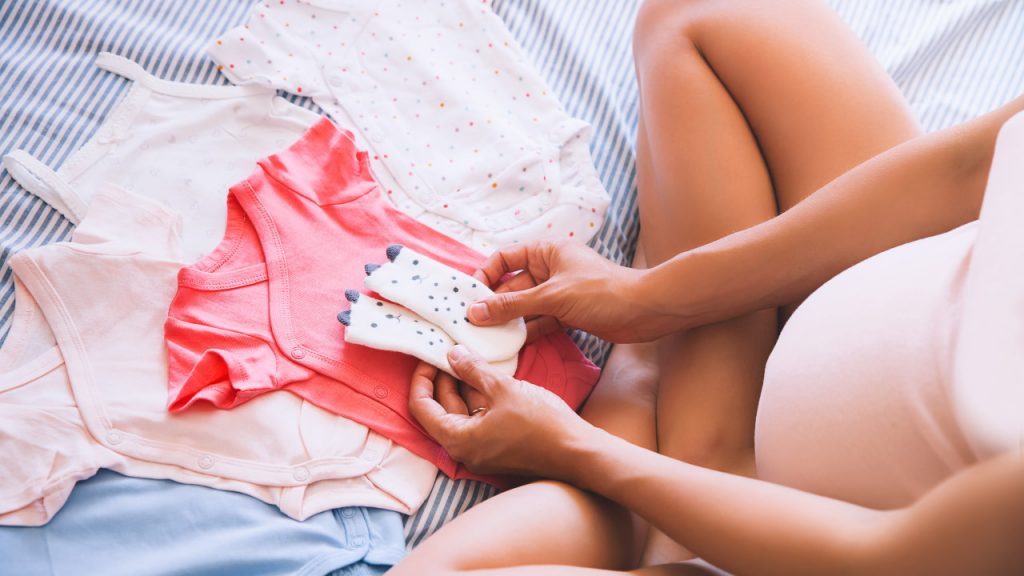As a new parent, you may be wondering whether or not a baby swing is a good investment for your little one. While swings can be a helpful tool in soothing your baby and providing a safe place to rest, there are concerns about their potential impact on development. We will explore the various advantages and disadvantages of baby swings and address common questions such as whether they are bad for the brain or spine, and if they can cause flat head. We will also discuss how much time is too much in a baby swing and the potential drawbacks of prolonged use. By the end of this, you will have a better understanding of whether or not a baby swing is right for your family.
Introduction
Parents may wonder whether baby swings could be detrimental to their child’s development. Baby swings are designed to soothe infants and provide parents with a bit of a break. However, there are concerns around whether baby swings negatively impact an infant’s development.
While baby swings are generally safe when used correctly, there are some potential drawbacks to using them excessively. These include motor delays, limited interaction with caregivers, and decreased opportunities for infants to explore and learn.
- Motor Delays: Babies require physical activity to strengthen their muscles and develop motor skills. Baby swings that keep infants stationary for long periods can limit the amount of physical activity they get. This could potentially impact the development of gross motor skills like crawling and walking.
- Interaction with Caregivers: Infants need interaction and bonding time with their caregivers to feel secure and develop strong emotional attachments. Baby swings can provide a bit of a break for parents, but if used excessively, they may limit interaction time between parent and child.
To avoid any negative impacts, it is advised that parents limit the amount of time their infant spends in a baby swing. Use of baby swings should be used in moderation. If a parent needs a break or needs to complete a task, a baby swing can be an excellent solution. However, it is important to ensure that the infant spends the majority of their time in an environment that allows for exploring, learning, and critical interaction with their caregivers.
| Advantages and Disadvantages of Baby Swings | |
|---|---|
| Advantages | Disadvantages |
| Provides a soothing motion that can help calm an overtired or fussy infant. | Can encourage the development of flat head syndrome if used excessively. |
| Allows for moments of hands-free time for caregivers. | Can limit the amount of interaction time between infant and caregiver. |
| Can gently ease an infant to sleep. | Can limit movement and physical activity, potentially impacting motor development. |
Are Baby Swings Bad for the Brain?
As a new parent, you may be confused about whether a baby swing is a beneficial tool or a harmful one. One question that often arises is, “Are baby swings bad for the brain?” Let’s examine the evidence and find out.
First and foremost, it is important to understand that using a baby swing in moderation is not harmful to your baby’s brain. In fact, some studies have shown that gentle, rhythmic motions can have a calming effect on infants, which can have a positive impact on their overall development.
However, it is essential to remember that overuse or improper use of a baby swing can have negative effects on the brain. For example, excessive use of a baby swing can lead to a lack of development of the sensory systems, which can lead to delays in motor development. This can be especially problematic if the child is left in the swing for extended periods of time, as it can limit their opportunities for sensory input and movement.
- Additionally, improper use of the baby swing, such as placing it on an unstable surface or leaving the child unattended, can increase the risk of falls and other types of injuries. These types of injuries can have a lasting impact on the brain and can lead to long-term complications.
- It is also important to note that some types of baby swings, such as those that have a strong, sudden jolt or those that are too fast for the infant, can be harmful to the brain. These swings can cause brain injuries such as shaken baby syndrome, which can have lifelong consequences.
- Another potential risk of using a baby swing is that it can lead to positional asphyxia, which can be fatal. This occurs when the infant’s airway becomes restricted due to their position in the swing.
Are Baby Swings Bad for Spine?
For parents, baby swings can be a lifesaver. They offer a safe and comfortable place for your little one to rest, play, or even take short naps. But as much as swings can be helpful, some parents also have concerns about their safety and effects on the developing baby’s body. One of these concerns is whether baby swings are bad for the spine or not.
Babies are fragile, and as a parent, you want to do everything in your power to protect them. While baby swings can provide a lot of comfort and convenience, they can be harmful to the baby’s spine if used improperly or too frequently. For instance, babies who spend too much time in a swing may develop an unnatural curvature in their spine that can lead to various problems later in life.
When using a baby swing, it’s essential to ensure that your baby’s spine is adequately supported and that their head and neck are in the right position. This means that your baby’s back should be straight, and their head should not slump forward or backward. You should also limit the amount of time your baby spends in a swing and make sure they engage in other activities that promote healthy spine posture.
Here are some tips for using a baby swing safely:
- Use the swing only when necessary, such as when you need to attend to other tasks or when your baby needs a change of scenery.
- Ensure that the head and neck are positioned correctly.
- Monitor the baby’s posture and make sure their back is straight while in the swing.
- Limit the amount of time your baby spends in the swing to no more than 30 minutes at a time.
- Engage your baby in other activities such as tummy time, crawling, or playing on a soft mat to promote healthy spine development.
Do Baby Swings Cause Flat Head?
Baby swings are a great invention for parents who want to keep their babies comfortable, safe and engaged while they are busy with household chores or office work. However, overuse of baby swings has been associated with various development issues including flat head, poor spine alignment, and even brain development problems.
Flat head syndrome, also known as plagiocephaly, is a condition where a baby’s skull becomes flattened in one or more areas. This flattening can be caused by external pressure on the skull from extended use of baby swings, car seats, or even sleeping on their back. While it is not a life-threatening condition, it can cause aesthetic issues, misalignment of the jaw and face, and even skull asymmetry in severe cases.
The overuse of baby swings can also lead to poor spine alignment, another issue that can have long-term effects on a baby’s overall development. Sitting in a reclined position for extended periods of time can cause strain on the baby’s spine, which may lead to improper spinal alignment, particularly in the neck, shoulder, and pelvic area.
- However, it is important to note that not all baby swings are created equal, and some types are more prone to causing development issues than others. Experts recommend investing in a baby swing that reclines at a proper angle, with a comfortable and supportive seat that cradles the baby’s head without exerting too much pressure on any one area.
- Parents should also limit the amount of time their baby spends in a baby swing, and ensure that they move the baby’s head around often, encouraging them to look in different directions to avoid prolonged pressure on any one area of the skull. Additionally, tummy time, regular breaks from the swing, and engaging in other activities like crawling, sitting, and standing can be beneficial for a baby’s overall development and growth.
How Much Is Too Much Time in a Baby Swing?
When it comes to taking care of an infant, the use of a baby swing can be helpful in soothing the baby and allowing the caregiver to have some free hands. However, it is important to consider the time spent in the swing as too much time can be detrimental to the baby’s development.
The American Academy of Pediatrics recommends that infants should not spend more than 30 minutes in a swing at any given time. This is because spending extended periods in the swing can lead to issues with the baby’s physical development such as delays with motor skills, balance, and coordination.
- It is crucial that caregivers understand that balance and coordination are necessary for the development of physical abilities and spending excessive amounts of time in the swing can hinder this process.
- Furthermore, sitting in one position for an extended period can hinder the development of the baby’s muscles, resulting in a delay in the milestone of rolling over, sitting up, and crawling.
While the use of a baby swing can be beneficial, too much usage can cause harm to the baby’s development. It is important to limit the amount of time spent in the swing and instead provide opportunities for the baby to develop their physical skills through activities that encourage movement and mobility. Parents and caregivers can use alternate activities such as tummy time, interactive play, and supervised floor time to enhance the development of their infant’s physical abilities.
What Is the Disadvantage of Baby Swing?
When it comes to taking care of a newborn baby, it can be difficult to know what products are necessary and which ones should be avoided. Baby swings are a popular choice for many parents because they provide a safe and soothing place for their child to rest while they get things done around the house. However, while these swings offer many benefits, there are also some disadvantages to using one that should be considered.
One major disadvantage of using a baby swing is that it can promote a sedentary lifestyle for the child. Sitting in a swing for long periods of time can actually delay the development of important motor skills such as crawling and walking. This lack of movement can also lead to weaker muscle development which can cause issues later in life.
- Another disadvantage of using a swing is that it can cause motion sickness in some children. The constant back and forth motion can cause nausea and dizziness which can make the child uncomfortable and upset. This is more common in babies under 6 months old.
- Swings can also cause babies to develop a flat spot on the back of their head. This happens because the weight of the head is constantly pressing against the surface of the swing which can cause the skull to flatten out over time. This can lead to a condition called plagiocephaly which may require a special helmet to correct.
- Finally, swings can be quite expensive and take up a lot of space in the home. They are also only useful for a short period of time, usually from birth to 6 months old. When compared to the cost and space required for other baby products, a swing may not be the most practical choice.
Overall, while a baby swing can be a useful tool for parents, there are also some disadvantages that should be considered before making a purchase. If used in moderation and combined with other activities that promote movement and development, a swing can be a beneficial addition to a child’s routine. However, it is important to be aware of the potential risks and make an informed decision based on the specific needs of your child.










